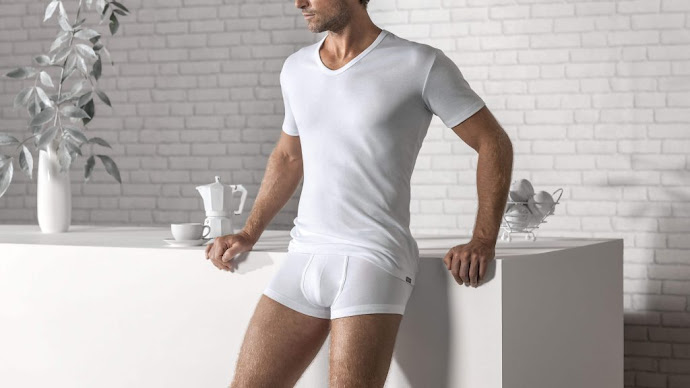The History and Evolution of Men's Underwear in the United States
 |
| U.S Men's Underwear |
Early Beginnings
The history of men's underwear in America can be traced back to the colonial era. In the 18th century, men in the colonies wore loose fitting trousers known as breeches along with billowy shirts. Underwear wasn't much of a priority, with men often going commando or wearing minimal linens. As fashions evolved, so too did men's undergarments. By the 19th century, trousers had replaced breeches and the growing middle class demanded more tailored apparel. This propelled the rise of dedicated underwear makers.
One of the earliest documented American underwear companies was J.J. Brooks of Boston, established in 1877. They produced knee-length "muslin" shorts made of cotton batiste. Another popular early style was the union suit, a one-piece long underwear that covered the entire torso and legs. Union suits gained popularity in the late 1800s as a practical solution for men working outdoors in cold weather. By the early 1900s, union suits were ubiquitous for Americans of all classes in winter months.
The Rise of Reinforced Weaves and Novelty Styles
During World War I, new lightweight, reinforced fabrics began appearing in the underwear market to meet demands from soldiers and outdoorsman. Companies like Fruit of the Loom introduced wicking knit fabrics and double-weave cottons that dried quickly and kept their shape. This boosted comfort for active lifestyles and labor-intensive careers.
The 1930s saw a proliferation of novelty styles meant to add a little fun and style to what was still largely utilitarian underwear. Cartoon character and pin-up girl prints were incorporated into boxer shorts, trunks and briefs. Exotic animal prints from zebras to jungle cats also emerged, reflecting escapist interests during the Great Depression era. Iconic brands like Jockey and Hanes started gaining widespread popularity thanks to eye-catching novelty designs.
Post-War Prosperity and Changing Masculine Norms
As Americans’ income and leisure time grew following World War II, underwear emerged as a burgeoning fashion category in its own right. An influx of new fabrics like nylon, spandex blends and microfibers broadened design possibilities. Styles fragmented beyond basics with options for every activity and taste.
Boxers, briefs and boxer briefs established themselves as the mainstream athletic alternatives to conservative trunks.Brands capitalized on risqué advertisements emphasizing the male form, like those from Calvin Klein in the 1970s. This coincided with challenging sexual norms and rising awareness of STDs. Underwear was refashioned as sexy essentials rather than purely functional necessities.
At the same time, homosexuality was becoming more accepted within fashion and pop culture. Underwear brands began subtly courting the burgeoning gay market with skin-baring tanga styles and images of muscular athletes that winked to clandestine interests. This cemented underwear as a vehicle for covert erotic expression
Contemporary Trends in Men's Underwear
Nowadays, U.S Men's Underwear reflects the diversity of American lifestyles and identities. Performance fabrics continue advancing with moisture-wicking, antibacterial and cooling properties. Designs have never been more inclusive with options for all bodies:
- Plus-size briefs and boxers address the needs of larger men
- Tightly fitted briefs or jockstraps cater to athletic physiques
- Gender-neutral "boy shorts" crossover to wider audiences
- Eco-friendly materials and fair trade practices are increasingly available
- Retro styled towels, dusters and robes tap into mid-century nostalgia
Popularity has surged for eye-catching printed patterns from tie-dye and palm trees to block color contrasts. Alternative materials like modal, linen and bamboo offer breathable seasonal options. Online customizers allow designing one-of-a-kind pairs. Major sustainable brands like 3M underline ethical sourcing while still delighting male customers.
Social media further sexualized underwear as props for thirst traps and outfit showcases. But many brands are fighting those objectifying norms. Calvin Klein’s recent campaigns portrayed diverse bodies embracing their natural forms on their own terms. American Eagle introduced inclusive sizing without compromising on style. Overall, men’s underwear today honors individualsity and self-expression across dimensions.
Explore more information on this topic, Please visit-
https://www.insightprobing.com/u-s-mens-underwear-growth-and-trnds-analysis-share-size-demand-forecast/

%20Treatment%20(1).jpg)

Comments
Post a Comment